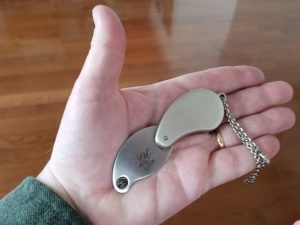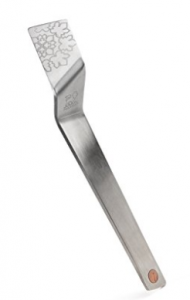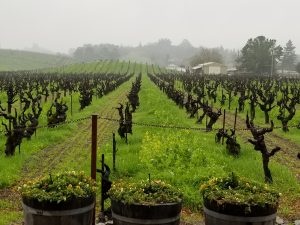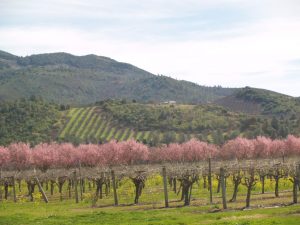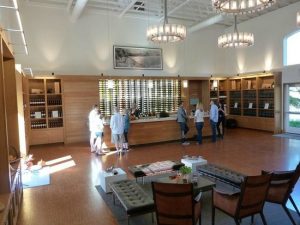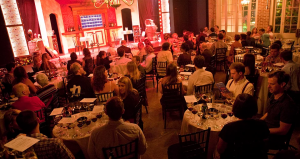The wine taster’s best friend! A miracle of modern science! A tool for bringing out the cork dork in all of us! It’s the Clef du Vin (pronounced CLAY do van. For that last word, if you’re American, start saying “van” and just when you get to the “n”, swallow it.) So what is this wonder?
The original Clef du Vin
It’s a metal gizmo about three inches long when fully opened, shaped a little like a flattened mouse. The tail of this mouse is a chain about as long as the device itself. The blade isn’t sharpened; it’s just a thin piece of steel with a small copper disk at the end. Actually, what we have just described and shown here is the original Clef du Vin; there are versions today that are short steel rods with a bit of copper at the end. It’s the steel and copper combination that’s key element of the Clef du Vin.
The Peugeot “Travel” Clef du Vin
Calling it the key element is a play on words, since “wine key” is the English translation of Clef du Vin. But enough of what it is. What does it do? Well, it simulates the aging of wine when you plunk the bi-metal tip into wine. It accomplishes this feat through the laws of physics. Two metals plus an acid form a battery. So steel and copper in wine (the acid) creates a very weak battery with a very weak charge. Each second in the Clef du Vin is in the wine equates to a year of bottle aging, or so it seems.
Of course, the question is: Does it really work? Well, who knows for sure. This we can say: wines with again potential do taste better – sometimes a lot better – when treated with a Clef du Vin. The tannins are definitely softened, the flavors more vibrant, the mouth-feel more mellow. But if a wine has reached its potential, there is no discernible difference.
One story is enough of an illustration. In 2013, we were at one of Napa Valley’s most renowned wineries, maker of one of the most highly rated wines in the valley. The server was extolling the virtues of the recently released 2011 wines. You may remember that 2011 was an unusually poor vintage in Northern California. Many wineries did not release their premier wines that year, but this winery did. At first sip, the wine didn’t seem to live up to its billing, but with five seconds’ use of the Clef du Vin the wine came alive in the glass. We offered to let the server try it and she called all her colleagues over, saying “You’ve gotta try this!”.
Is that wine going to taste exactly the same today, with five years of aging? Maybe Robert Parker can remember exactly what a wine tasted like back then, but we can’t nor do we know anyone else with that level of taste memory. But the Clef du Vin did demonstrate that this was a wine with potential and worth buying.
When first available in the US, the Clef du Vin sold for $100. Now you can find one on the Web for $50.00 or less. If you do buy one for use on wine tasting excursions, be sure to bring along a paper towel to wipe it off and a plastic baggie to carry it in. And try not to make too big a show when you use it; you’ll attract enough attention as it is just dipping something into your wine. The Clef du Vin certainly adds a layer of interest to your wine tasting experience.
